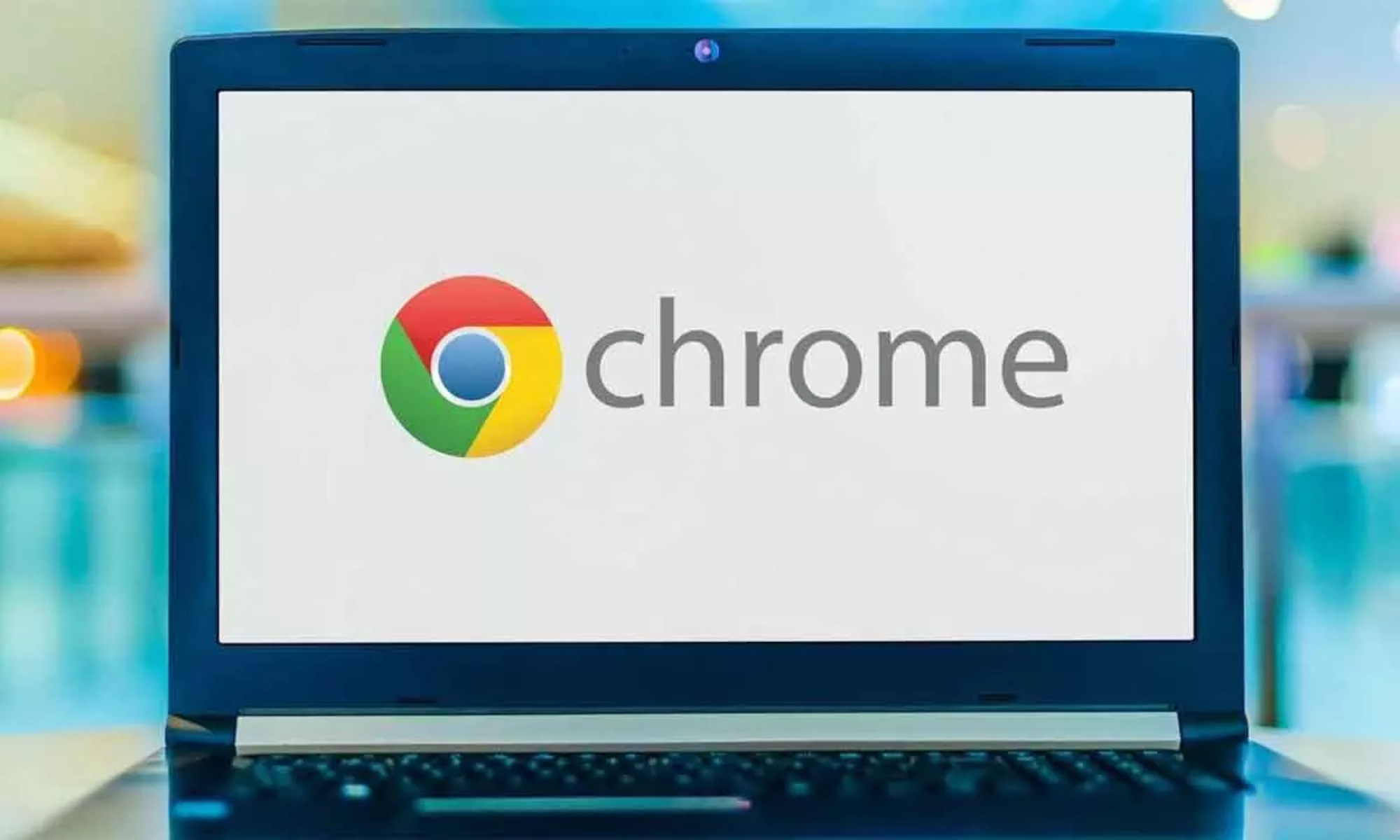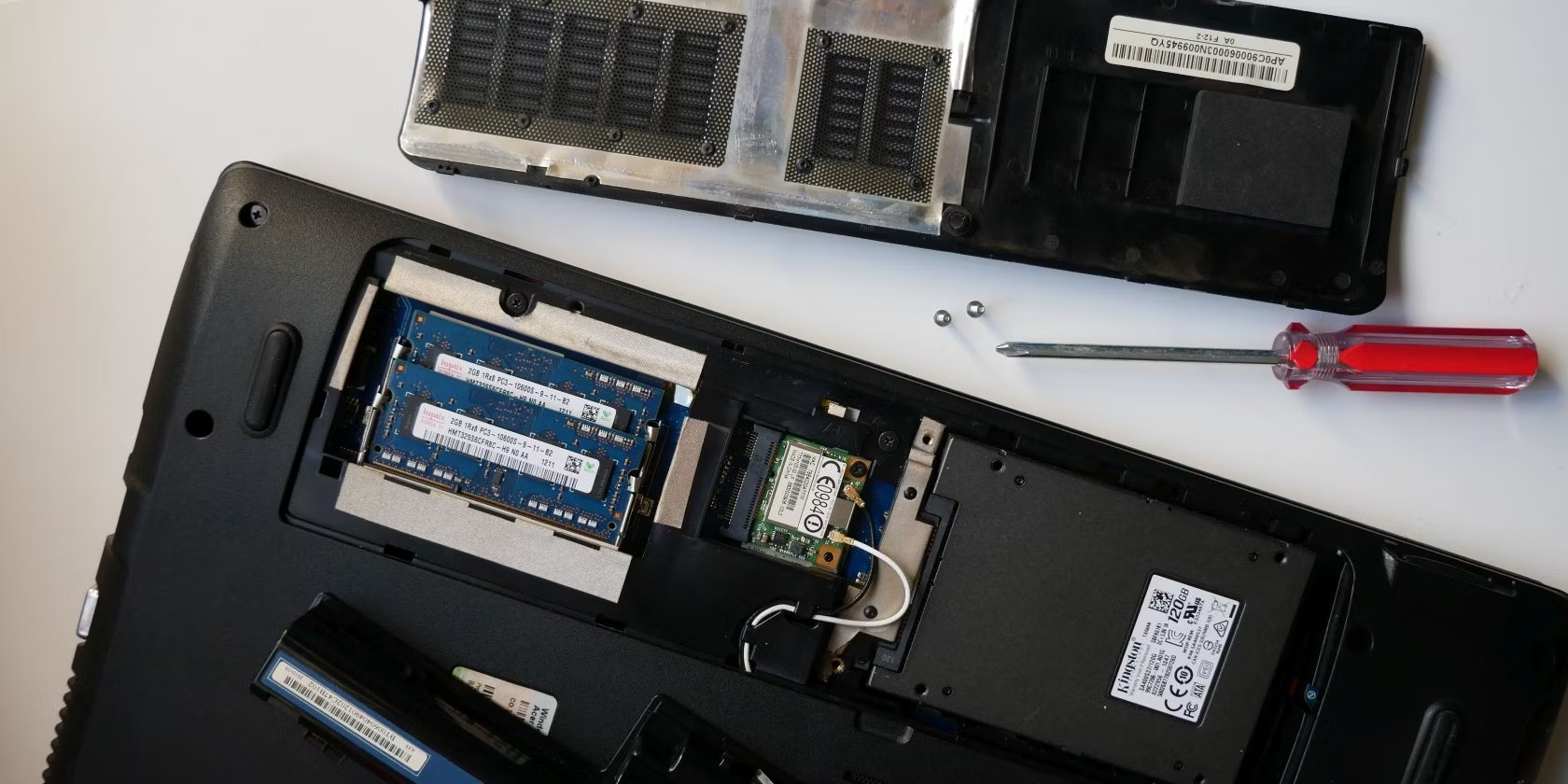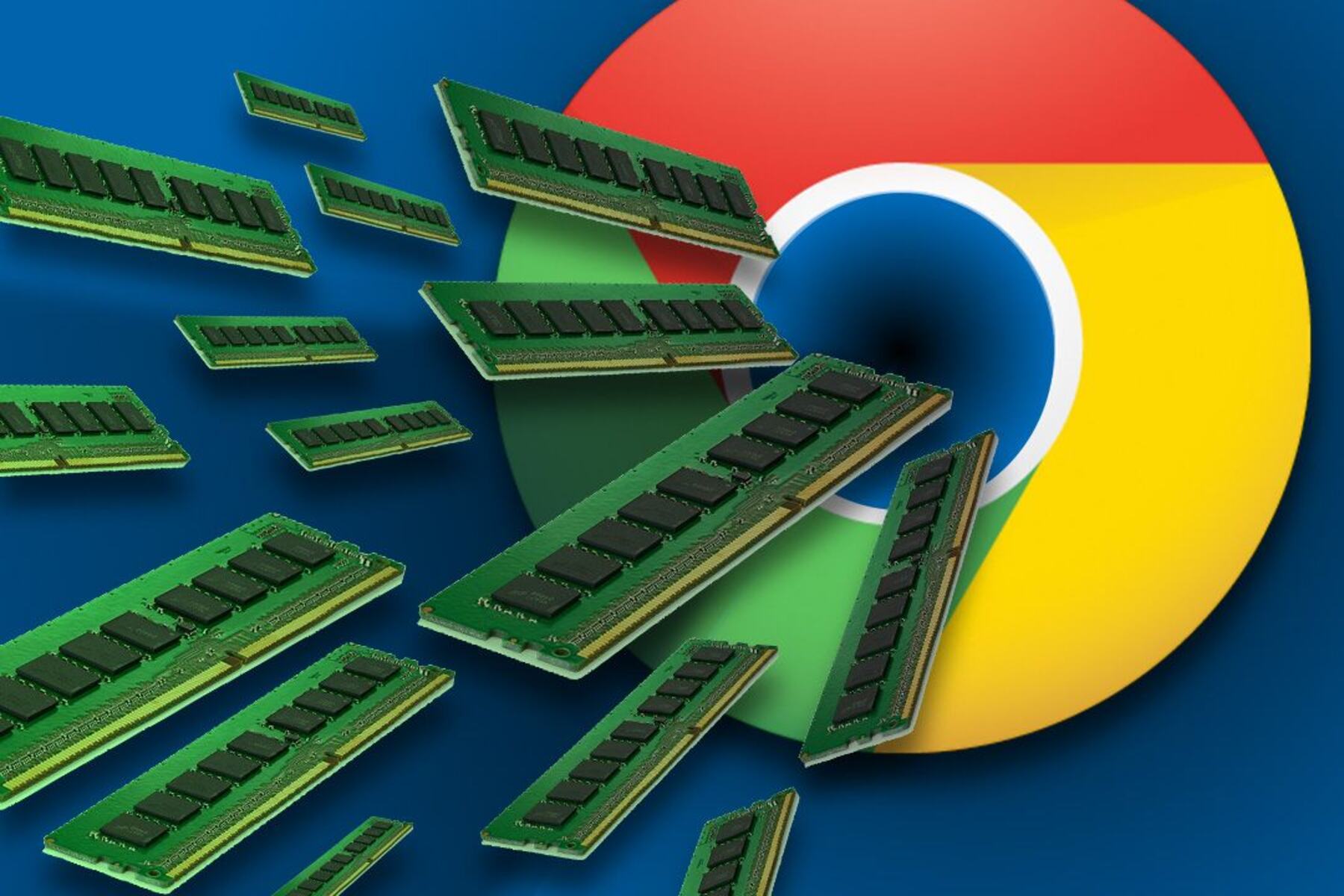Introduction
When it comes to browsing the web, Google Chrome stands out as one of the most popular and versatile web browsers. Its sleek interface, robust features, and extensive library of extensions make it a top choice for users across the globe. However, despite its many advantages, Chrome users may encounter a common issue that can be quite frustrating: video lag.
Imagine this: you're settling in to watch your favorite YouTube channel or a captivating online lecture, only to be met with a choppy, buffering video that disrupts your viewing experience. This lag can be caused by a variety of factors, and understanding them is crucial to finding effective solutions.
In this article, we'll delve into the reasons behind video lag on Chrome and explore practical solutions to address this issue. Whether you're a casual internet user, a dedicated content creator, or a professional relying on seamless video playback for work, the insights provided here will help you overcome the challenges of video lag on Chrome.
So, let's embark on a journey to uncover the root causes of video lag on Chrome and equip ourselves with the knowledge to enhance our browsing experience. Whether it's troubleshooting technical glitches or optimizing settings, we'll navigate through the intricacies of video playback on Chrome to ensure smooth, uninterrupted viewing pleasure.
Reasons for Video Lag on Chrome
Video lag on Chrome can be attributed to several underlying factors, each contributing to the disruption of smooth video playback. Understanding these reasons is essential for effectively addressing the issue and optimizing the browsing experience. Let's explore the primary causes of video lag on Chrome:
-
Hardware Acceleration: Chrome's hardware acceleration feature, designed to offload tasks to the GPU for improved performance, can sometimes lead to video lag. Incompatibility with certain graphics drivers or hardware configurations may result in choppy video playback.
-
Outdated Graphics Drivers: The graphics drivers on your system play a pivotal role in rendering videos smoothly. Outdated or incompatible graphics drivers can hinder the seamless playback of videos on Chrome, leading to lag and buffering issues.
-
High CPU Usage: When Chrome consumes a significant portion of your system's CPU resources, it can impact the smooth rendering of videos. Multiple open tabs, extensions, or background processes within Chrome can contribute to high CPU usage, causing video lag.
-
Insufficient RAM: Inadequate system memory, particularly RAM, can impede the efficient buffering and playback of videos on Chrome. When the available RAM is insufficient to handle the demands of video streaming, lag and stuttering may occur.
-
Network Congestion: Slow or congested internet connections can significantly impact video playback on Chrome. Whether it's due to network bandwidth limitations, intermittent connectivity issues, or heavy network traffic, a compromised internet connection can lead to video lag.
-
Incompatible Extensions: Certain Chrome extensions, while offering diverse functionalities, can conflict with video playback, resulting in lag. Extensions that consume excessive system resources or interfere with media playback processes can disrupt the seamless streaming of videos.
-
Browser Cache and Cookies: Over time, accumulated browser cache and cookies can impact the performance of Chrome, including video playback. A cluttered cache or conflicting cookies may contribute to video lag and hinder the overall browsing experience.
-
Software Conflicts: In some cases, conflicts between Chrome and other software installed on the system can lead to video lag. This may include antivirus programs, system optimization tools, or conflicting applications that interfere with Chrome's video rendering processes.
Understanding these reasons for video lag on Chrome provides valuable insights into the complexities of video playback optimization. By addressing these underlying factors, users can take proactive measures to mitigate video lag and enjoy uninterrupted, high-quality video streaming on Chrome.
Solutions to Fix Video Lag on Chrome
Addressing video lag on Chrome requires a systematic approach that encompasses various aspects of the browsing environment. By implementing targeted solutions, users can effectively mitigate the factors contributing to video lag and optimize their viewing experience. Let's explore practical solutions to fix video lag on Chrome:
1. Disable Hardware Acceleration:
Disabling hardware acceleration in Chrome can serve as a potential remedy for video lag. To do this, navigate to Chrome's settings, access the advanced settings, and under the "System" section, toggle off the "Use hardware acceleration when available" option. This can alleviate compatibility issues with GPU drivers and hardware configurations, leading to smoother video playback.
2. Update Graphics Drivers:
Ensuring that your system's graphics drivers are up to date is crucial for seamless video rendering. Visit the official website of your graphics card manufacturer to download and install the latest drivers. Updated graphics drivers can enhance video playback performance and address compatibility issues that contribute to lag.
3. Manage CPU Usage:
To alleviate high CPU usage within Chrome, consider reducing the number of open tabs and disabling or removing resource-intensive extensions. Additionally, utilizing Chrome's built-in task manager (accessible via the Shift + Esc shortcut) allows users to identify and terminate processes consuming excessive CPU resources, thereby optimizing video playback.
4. Optimize System Memory:
Increasing the available system memory, particularly RAM, can significantly improve video playback on Chrome. Closing unnecessary applications and tabs, as well as upgrading to higher RAM capacity if feasible, can mitigate the impact of insufficient memory on video lag.
5. Enhance Network Connectivity:
Addressing network congestion involves troubleshooting internet connectivity issues. This includes ensuring a stable and high-speed internet connection, minimizing background downloads or uploads, and considering network optimization tools to prioritize video streaming traffic for a smoother playback experience.
6. Evaluate Chrome Extensions:
Review and disable or remove incompatible or resource-intensive Chrome extensions that may be contributing to video lag. By selectively disabling extensions and monitoring their impact on video playback, users can identify and address extensions that interfere with seamless video streaming.
7. Clear Browser Cache and Cookies:
Regularly clearing browser cache and cookies within Chrome can help mitigate performance issues, including video lag. Accessing Chrome's settings and clearing browsing data, including cached images and files as well as cookies, can optimize the browser's performance and enhance video playback.
8. Resolve Software Conflicts:
Addressing conflicts between Chrome and other installed software involves identifying and resolving potential conflicts. This may include temporarily disabling antivirus programs, adjusting system optimization tool settings, or updating conflicting applications to ensure compatibility with Chrome's video rendering processes.
By implementing these targeted solutions, users can effectively address video lag on Chrome and optimize their browsing experience. Whether it's fine-tuning hardware acceleration settings, optimizing system resources, or addressing network connectivity, these solutions empower users to enjoy seamless and uninterrupted video playback on Chrome.

























